Life hacks are all the rage as people look to work smarter, not harder. The concept can also be applied to bakery. After all, running things efficiently will keep costs down and improve output.
But how do you meld this concept with keeping up with consumer demands and trends, which can result in recipe or product changes? And, as part of this, how do you ensure expensive equipment is futureproofed to handle any changes that may arise?
The first step is to get things running as smoothly as possible. This, according to John Ward, bakery expert at Scobie McIntosh, includes thinking about the layout of your bakery.
“This may at first seem like a simple subject. However, it is a very important one that can have a huge impact on productivity and health and safety,” he explains.
Take a fixed bowl mixer, for example. A baker must manoeuvre 16kg bags of flour which needs to be close by to minimise labour and the time it takes to get it. It also needs to be situated near a fresh supply of water for the same reason, Ward says.
“Once the flour and water have been mixed, the weight of the dough can be considerable and therefore manoeuvring it with ease to the preparation bench or automatic divider is essential. If these considerations are taken into account, it can increase baking productivity considerably,” he notes.
Production schedules are another factor – particularly when it comes to the oven, which accounts for around 60% of energy used in a bakery, adds Stan Cauvain, director of consultancy BakeTran.
“Inefficiencies in the oven commonly arise from ‘gaps’ which occur as the result of plant stoppages. They can be significantly reduced by improving process control earlier in the line. In the case of bread production this may extend back as far as the dough divider and moulding equipment,” he says. Variations in pan sizes and strapping also reduce oven inefficiencies, Cauvain adds.
It’s a consideration regardless of oven size and Scobie McIntosh’s Ward adds that ensuring the oven is full every time is a simple way of saving energy.
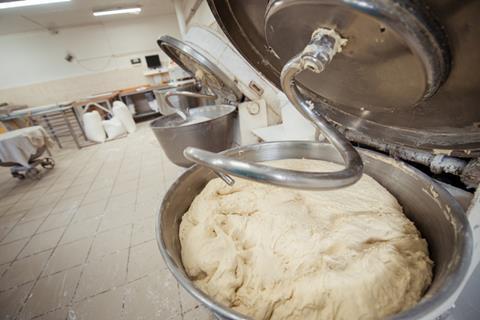
Recipe changes
Once everything is up and running efficiently, recipe changes can throw a spanner in the works.
“Depending on the ingredients added or removed from formulations, manufacturers can find themselves dealing with doughs or batters that are thicker, stickier or otherwise different from the original recipe,” notes Sonia Bal, director of marketing at Unifiller.
This can have a “major impact” on deposit accuracy, as well as final product quality. Variations in dough and batter viscosities can reduce the efficiency of mixers and depositors, notes Cauvain. Stiffer doughs, for example, require more energy and, in the case of bread dough, this can extend through to dough moulding as well.
“When choosing a mixer, we recommend that you consider getting the next size up to the one you think you need,” adds Ward. “You do not want to have the mixer working at maximum capacity as this will put it under constant strain and will in time have a negative effect on the components in the machine, affecting the mixer’s longevity and therefore increasing your costs.”
This also helps to futureproof operations should production volumes increase, and provides capacity to add ingredients, such as inclusions, as well.
You do not want to have the mixer working at maximum capacity as this will put it under constant strain
“It is essential to trial production equipment to monitor the effect of any recipe change,” says Martin Smith, Fritsch product manager at Multivac UK.
“A small recipe change can impact a production line in many ways; for example, if the dough becomes more sticky it may need more dusting flour, or a dough that is developed by pre-fermentation has to be sheeted very gently to maintain the internal cell structure,” he adds.
Stickier dough can impact a production line’s efficiency as it may need to be cleaned more regularly.

Small change, big impact?
Even the seemingly simple tweak of adding fruit or nuts can cause issues further down the production line, particularly for products which require the use of a depositor or sheeter.
As Smith notes, cutting shapes from the final dough sheet, especially where dried fruit is added, may be problematic as the fruit is often sticky, firm and relatively small. Ensuring any cutting equipment is regularly sharpened can help avoid problems that pose a risk to the efficiency of production.
Depositing equipment specialist Unifiller, meanwhile, has aimed to account for potential changes by ensuring its machines have larger apertures and offers a variety of nozzles and attachments.
A small recipe change can impact a production line in many ways
The larger apertures have several benefits, Bal notes: “While this helps with delicate chiffons or sponge cakes, larger apertures also address challenges that arise when depositing heavier, stiff batters and batters with large inclusions.”
There are limitations to this. Equipment’s efficiency largely depends on the product it was built for. Unifiller’s depositors are mostly designed for flowable products, like batter, while the Uni-X cookie extruder is for thicker ones, like cookie dough.
“The general rule is if you can’t get it to flow into the machine consistently, you’re not going to fill or deposit consistently,” Unifiller’s Bal adds.
This is echoed by equipment supplier Handtmann which notes that recipes must be developed or adjusted in line with the machine’s capabilities.
Recipe changes may also require tweaks to the production schedule, particularly as thorough cleaning needs to happen when running different recipes through production lines.
“Planning production runs so that plain doughs are run first, followed by dough batches with inclusions of a similar type. This can reduce downtime because there would be no need to clean down after a plain dough run before running dough batches with inclusions,” Smith adds.
Looking to the future, some believe there is an opportunity for the development of technology to help accommodate the impact of changes on equipment.
“Our ability to judge the impact of dough on equipment still largely relies on touch and experience,” adds Cauvain. “There is a strong need for developing objective and online technologies to judge dough quality. Some progress has been made with relevant technologies, integration of online data collection and subsequent analysis to deliver improved efficiencies and lower product costs.”
Looks like bakers could be working even smarter in the future.




















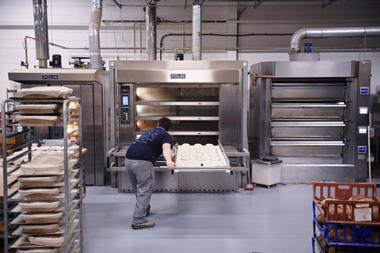
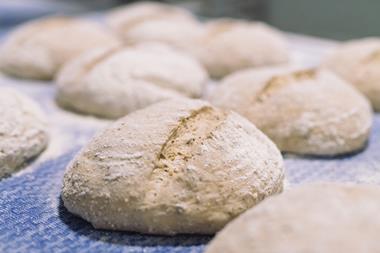



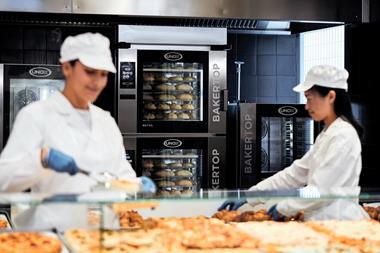



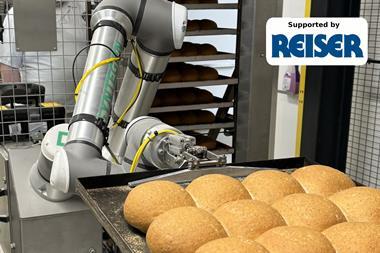
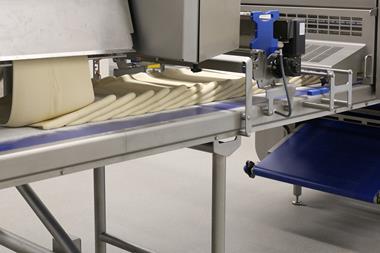


No comments yet